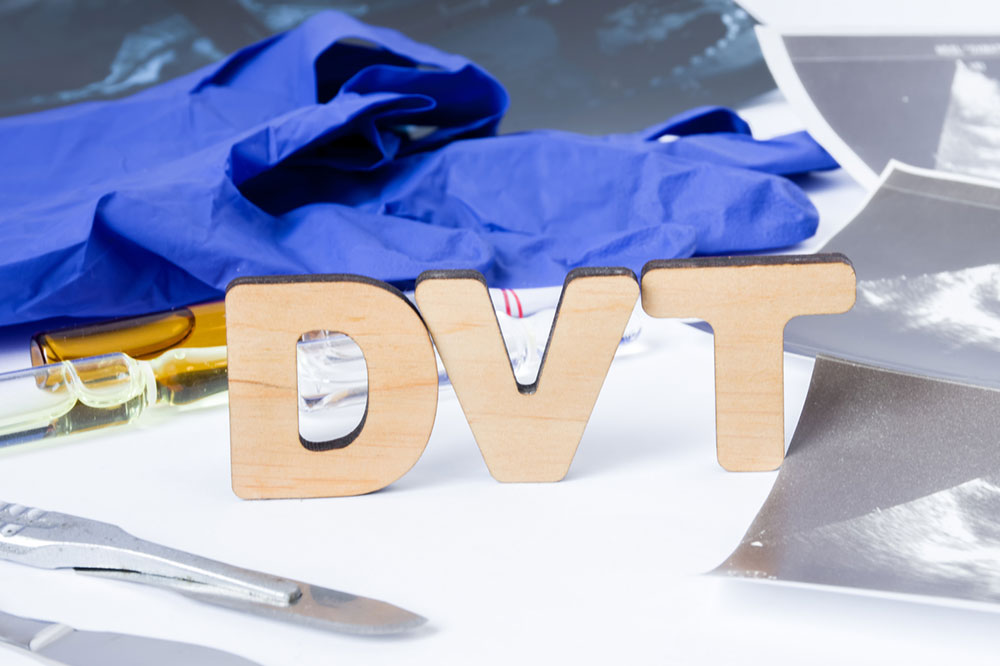
Deep Vein Thrombosis – 12 Factors That Elevate the Risk
Deep Vein Thrombosis or DVT is a severe health condition in which blood clots develop in one of the body’s primary veins. The condition can affect anyone, but some people face a higher risk of developing it than others. Read on to know more about the most common risk factors for DVT.
1. Inherited blood-clotting disorder
Inherited blood disorders that cause the blood to clot more quickly than usual can increase the risk of developing DVT. That said, it is vital to know that such conditions do not lead to blood clots unless combined with any other risk factor or trigger.
2. Pregnancy
Pregnancy aggravates the pressure in the veins in both the legs and pelvis. If a pregnant woman has an inherited clotting disorder, the risk of developing DVT grows further. This risk tends to continue for approximately 6 weeks after delivery.
3. Previous blood clots
Approximately 30 percent of people with DVT tend to get multiple clots. So, people who have had a blood clot should take extra care, as their risk of developing another one increases.
4. Bed rest
The deep veins in the legs rely on the muscles to take the blood back to the heart and lungs. If the muscles do not move for some time, the blood begins accumulating in the lower legs, and this is a common risk factor for DVT.
5. Hormone replacement therapy or birth control pills
Some hormonal medications elevate the risk of developing DVT. So, it’s advisable to consult a doctor before taking birth control pills and discuss the potential side effects and complications of undergoing hormone replacement therapy.
6. Surgery or injury
Having undergone surgery or any injury to the veins makes an individual more susceptible to developing DVT.
7. Obesity or being overweight
Being overweight leads to excess pressure on the veins of the legs and pelvis. This risk factor for DVT also increases the chances of developing several other health complications.
8. Smoking
Smoking has a direct impact on blood circulation and clotting, which can increase one’s likelihood of developing DVT.
9. Cancer
A few cancer types increase certain substances in the blood, which can lead to blood clotting. Additionally, cancer treatment aggravates one’s risk of developing blood clots.
10. Heart failure
Heart failure also puts an individual at a greater risk of developing pulmonary embolism and DVT. It is primarily because people who have suffered from heart failure have limited lung and heart function, so the symptoms of even minor pulmonary embolism are aggravated.
11. Inflammatory bowel disease
People with ulcerative colitis, Crohn’s disease, or any other inflammatory bowel disease face a higher risk of developing DVT.
12. Age and family history
Another significant risk factor for DVT is age, as the condition is more common among people over 60.
Genetic factors also play a role in the risk of DVT, and people whose family members have had DVT face a higher risk of developing the disease.


